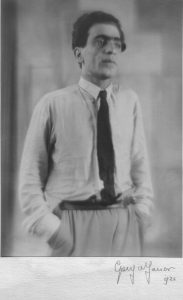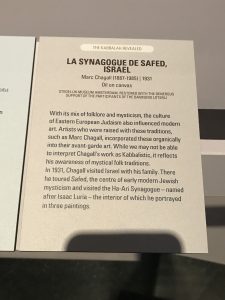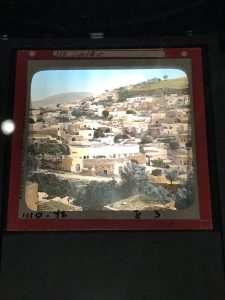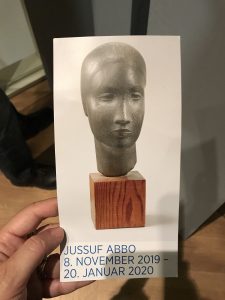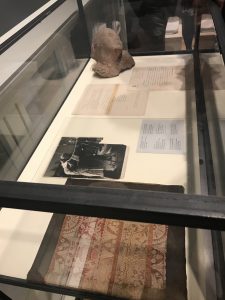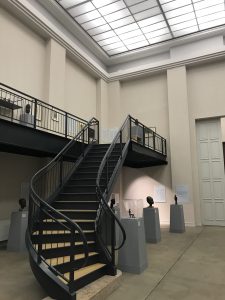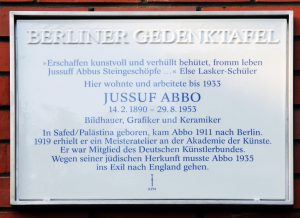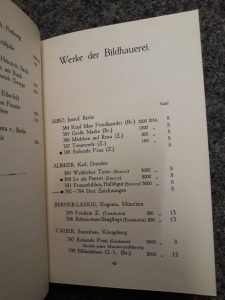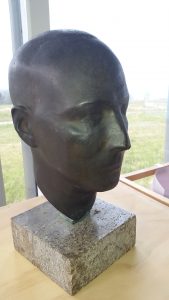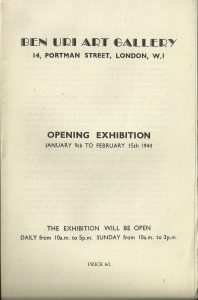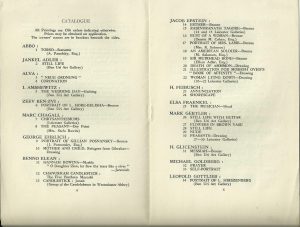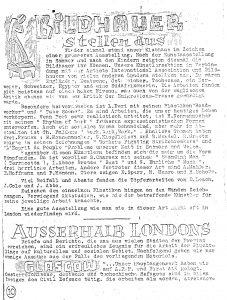Transnational research for the METROMOD Archive: on the traces of Jussuf Abbo
Exile research means facing the challenge of the global dispersion of works, archival records, estates. Thus, the knowledge for the archives of METROMOD, which we will publish in September, is based primarily on repeated research trips in the METROMOD cities. But in addition, numerous other trips were necessary, which took us to Prague, Leicester, Mexico City or Ankara. I would like to illustrate this cross-border research with the example of the sculptor Jussuf Abbo.
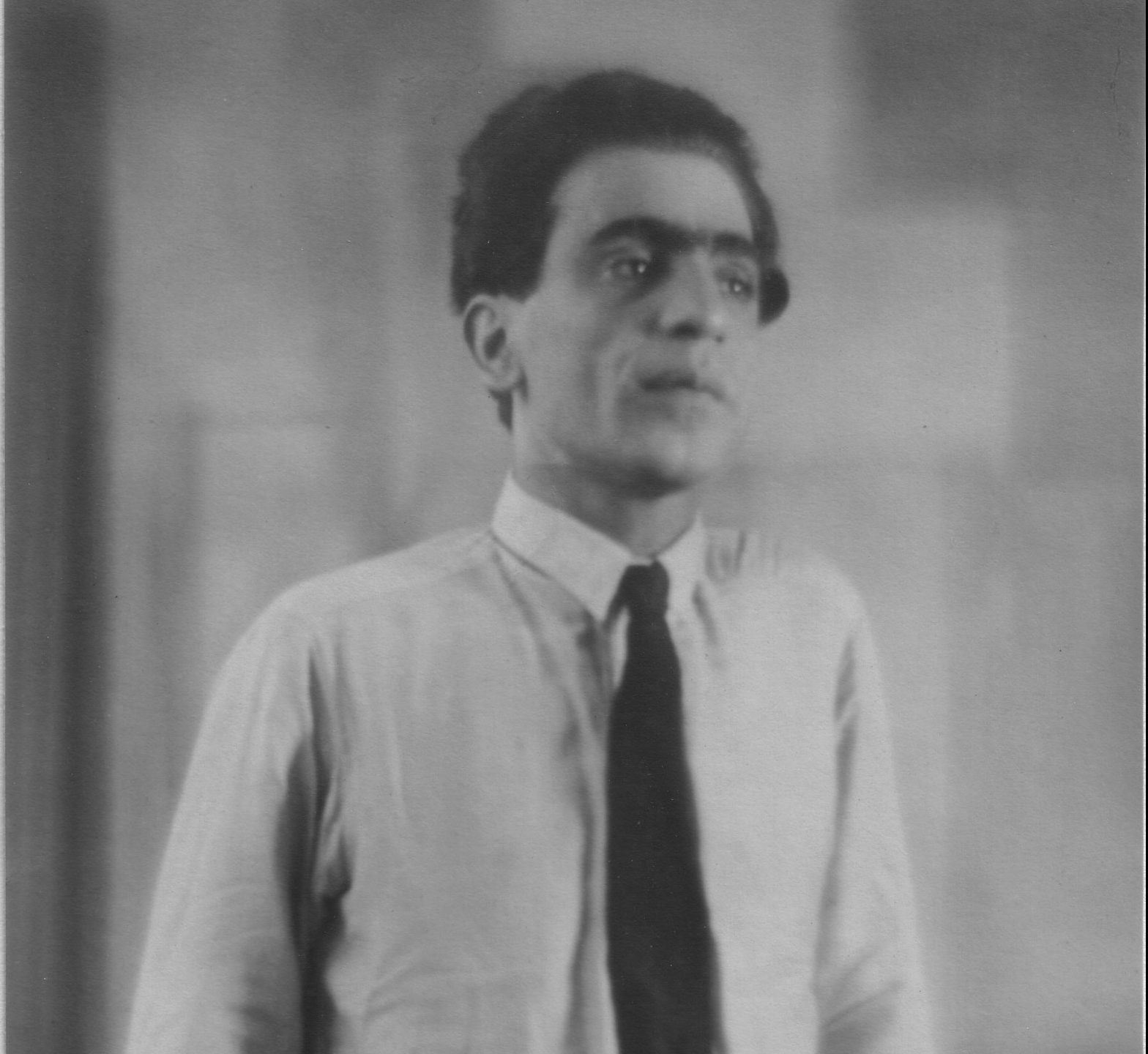
Abbo was from Safed in Upper Galilee in Palestine (formerly the Ottoman Empire), and the exhibition Kabbalah: The Art of Jewish Mysticism at the Jewish Historical Museum in Amsterdam (2019) gave me a glimpse of the Jewish community in Abbo’s birthplace.
Jussuf Abbo made a career in Berlin in the 1920s and left a variety of traces in the city on the Spree. In 2019, the first comprehensive retrospective of the artist’s work opened here at Kunsthaus Dahlem (organised by Dorothea Schöne), bringing together his sculptures, exhibition catalogues and ego documents from his estate. In the meantime, the artist’s former studio in Berlin also bears a memorial plaque.
But Abbo also had connections to Hanover in the 1920s, where he exhibited at the Galerie von Garvens and the Kunstverein Hannover. The Hanoverian gallery owner Herbert von Garvens-Garvensburg, who had dedicated a solo exhibition to Abbo in the 1920s and published a catalogue, emigrated to the Danish island of Bornholm after 1933. The gallerist also took with him to Bornholm a portrait bust that Jussuf Abbo had once made of him.
In 1935, Abbo had to emigrate to London, where he continued his artistic work under difficult circumstances. Among others, he exhibited in exhibitions of the Ben Uri Art Gallery and of the Free German League of Culture, whose clubhouse was located in Hampstead. The complete issue of the League’s newsletter, in which Abbo is also mentioned, can be found in the Deutsches Exilarchiv 1933-1945 in Frankfurt/Main. I found a visit to Abbo’s family in Brighton particularly valuable, as they gave me access to his works and estate. Through Abbo’s letters and a biographical sketch of Jussuf Abbo written by Ruth Abbo, the artist’s wife, I was able to reconstruct the sculptor’s home and studio addresses, which found their way into the archive entry on Abbo.



